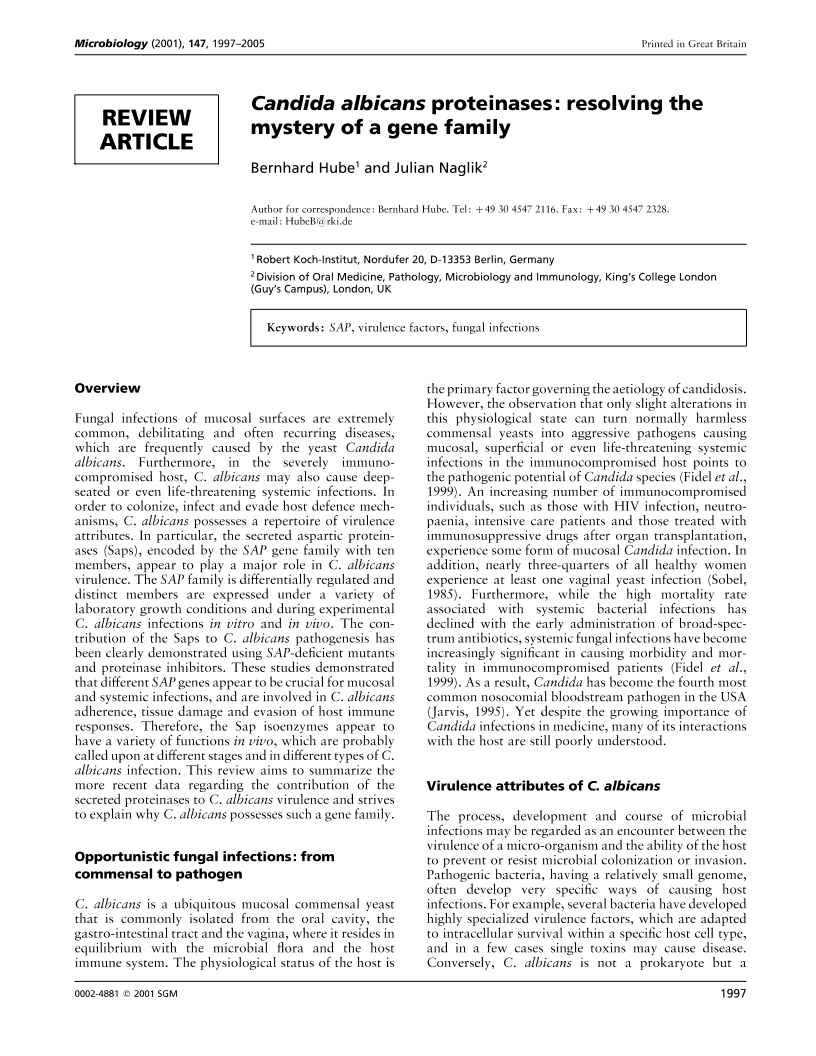
Full text loading...

Candida albicans proteinases: resolving the mystery of a gene family, Page 1 of 1
< Previous page | Next page > /docserver/preview/fulltext/micro/147/8/1471997a-1.gif
There is no abstract available.

Article metrics loading...

Full text loading...
References


Data & Media loading...
